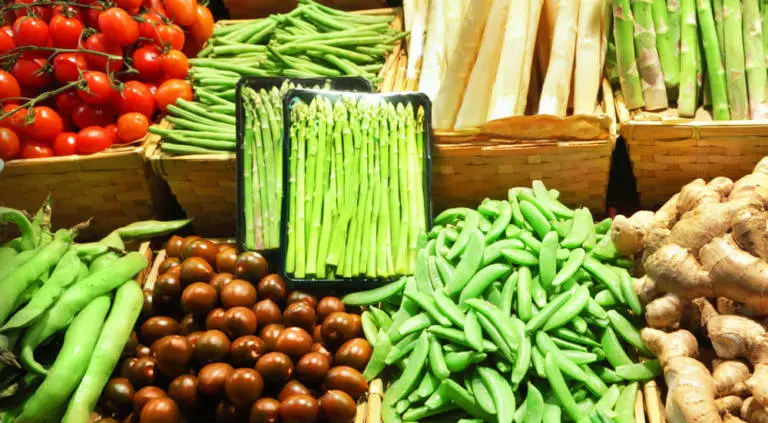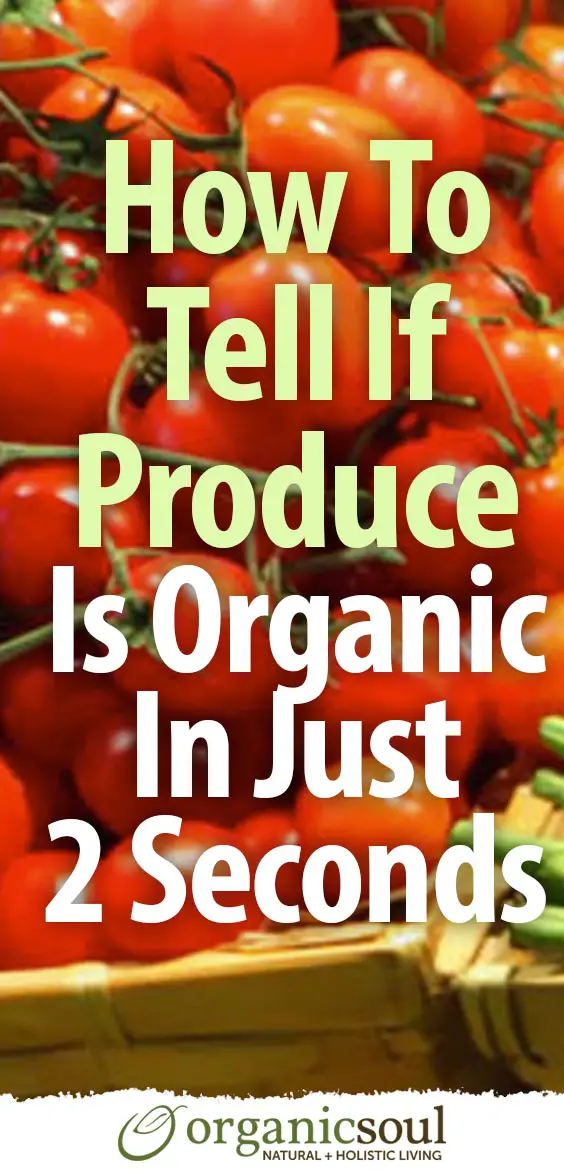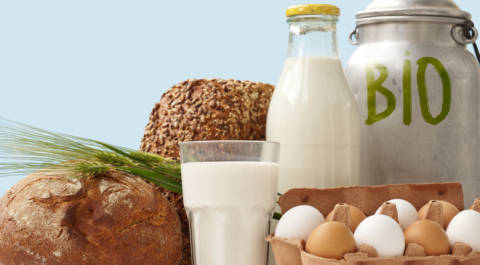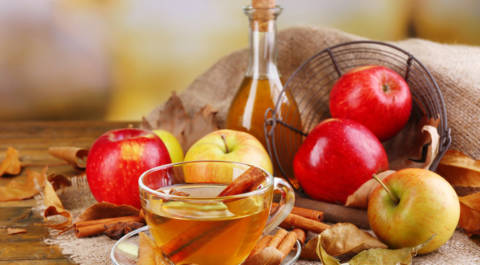
Anyone who prefers their food to be organic will know how frustrating it can be to shop at certain supermarkets. If you are tired of having to track down a shop assistant just to find out if specific produce is organic or not you’ll be glad to know that there is an easier way to discover the truth by yourself.
Like Organic Soul on Facebook
This means that you don’t have to rely on poorly labeled produce sections or misinformed shop assistants to see which produce, if any, is organic. Instead, all you need to know are the basics of the Price Look Up (PLU) code stickers.
What Are Price Look Up Codes?
Price Look Up codes are also sometimes referred to as PLU numbers, produce labels or produce codes and can be found affixed to the produce in supermarkets and grocery stores. These codes were originally designed for easier inventory control and check-out, as they make the whole process faster as well as more accurate.
The use of the codes meant that each variety of produce did not have to be identified visually, which is useful as many types of produce look the same, but do not have the same price.
Price Look Up codes were implemented by the International Federation for Produce Standards or IFPS as a globally standardized system.
Supermarkets have adopted the use of Price Look Up codes since the early 1990s, and these codes generally have a four or five-digit number. The codes are typically printed on small tags or stickers that are then attached to the produce.
Don’t worry about the adhesive that is used in order to attach the stickers as these are considered as food-grade and are not harmful. The stickers, on the other hand, are not edible and should be removed before the produce is consumed.
What Does Price Look Up Codes Mean?
The numbers indicated on Price Look Up codes are assigned by the International Federation for Produce Standards after they have performed rigorous national and international reviews.
A number of factors are indicated by the numbers, such as the size of the produce, variety, and commodity as well as what growing methodology was used. The growing methodology in particular is of interest to consumers as this indicates whether the produce is organic in nature or not.
Unfortunately, the assignment of the numbers is random and only serves as an overall identification number. This means that nothing specific can be inferred from the individual numbers that make up the Price Look Up code. For example, in the United States a regular small lemon would be labeled as “4033” while the large ones are “4053.”
Using Price Look Up Codes To Identify Organic Produce
The most useful digit of the Price Look Up code for those who prefer their produce to be organic is the initial one. If the code is five digits in total and the first digit is a “9”, you can be sure that it is an organic product.
Some supermarkets or grocery stores might even include the word, “Organic” on the sticker, but in the absence of this the Price Look Up code alone can be used for identification. If the Price Look Up code is only four digits, starting with a “3” or a “4”, it is not organic, but is conventionally grown.
Can Price Look Up Codes Be Used To Identify GMO Products?
Genetically modified items contain genes from other organisms for a product that does not occur naturally out in nature. Because of this genetic transfer the results can be unpredictable, and sometimes these products can cause allergic or even toxic reactions in humans.
Because of the nature of GMO products they are typically avoided by those who care about their health and well-being in favor of organic products. However, while Price Look Up codes can be used to identify organic produce, it is not so simple when it comes to the GMO products.
In the past, if the four-digit PLU on a product was preceded by an “8” it would have been an indication that the product is genetically modified. Unfortunately, these codes did not make it to retail level and have, in the meantime, been discontinued.
This is because more digits were needed for incoming code requests and because of the fact that PLU codes are not mandatory, so most genetically modified products were simply labeled as conventional in any case.
The Price Look Up Database
One of the other great things about Price Look Up codes is the fact that the International Federation for Produce Standards has a database of products that they maintain. This database can also be searched by the public, and all you need to do is visit the official website.
By using the database to search for the Price Look Up codes of a product you bought and enjoyed you’ll be able to see exactly what they were. The database also features a category and commodity search feature to track down the PLU codes for items. Bear in mind that the there are no five-digit codes in the database, only four-digit ones for the conventionally grown produce.
Why It Makes Sense To Shop For Organic Produce
The U.S Department of Agriculture National Organic Program uses the designation, “Organic” to certify that food was produced without the use of genetic engineering or synthetic chemicals and fertilizers. Buying organic produce is a sensible option for a couple of reasons.
Most importantly is the fact that by buying organic you are decreasing your exposure to the types of pesticides that are used during conventional growing methods.
By buying organic you are also sending a clear message that you are in favor of farming practices that are environmentally friendly. This means minimizing soil erosion as well as protecting the wildlife and water quality of the area in which the farming is taking place.
Price Look Up Codes Are Helpful But You Cannot Always Count On Them
 Although Price Look Up codes can help you to identify organic produce in seconds, you won’t be able to always rely on them. Because these codes are optional they might not be present on all produce that are sold at shops.
Although Price Look Up codes can help you to identify organic produce in seconds, you won’t be able to always rely on them. Because these codes are optional they might not be present on all produce that are sold at shops.
In shops where organic produce is sold at the same price as that which is conventionally grown, the retailer might also opt to simply use the four-digit number instead of adding the fifth digit.
Of course, if you prefer to do your shopping at a farmers market your chances of seeing Price Look Up codes are also very slim. However, in such a case you simply have to ask the farmer for more information about their produce and they will be happy to oblige. Just make sure that you go early to get the freshest produce.













